Copper Die Casting Manufacturer
- Our copper die casting process allows for the production of large, high-precision copper parts, regardless of material, geometry, or wall thickness limitations.
- This method delivers excellent surface quality, often making further finishing processes unnecessary.
- High Precision and Consistency
- Versatile Die Casting Methods
- Cost-Effective Manufacturing
- Advanced Surface Finishes
- Customization and Flexibility
- Comprehensive Support and Services
Copper Die Casting Process
Our copper die casting process involves preheating molds, melting and injecting copper, solidification, and careful ejection, followed by trimming and polishing for high precision.
Mold Preparation
Design and create the mold, preheat to 200-300°C, ensuring proper alignment for accurate casting and reduced thermal shock.
Melting and Injection
Melt copper alloy at 1,085°C, and inject molten metal into a preheated mold under high pressure (10-175 MPa) for precise shaping.
Solidification and Ejection
Cool the casting within the mold, solidify for 5-20 seconds, open the mold, and eject the solidified casting carefully.
Trimming and Finishing
Trim excess material, grind, and polish for desired surface finish, and inspect for defects, ensuring dimensional accuracy within ±0.005 inches.
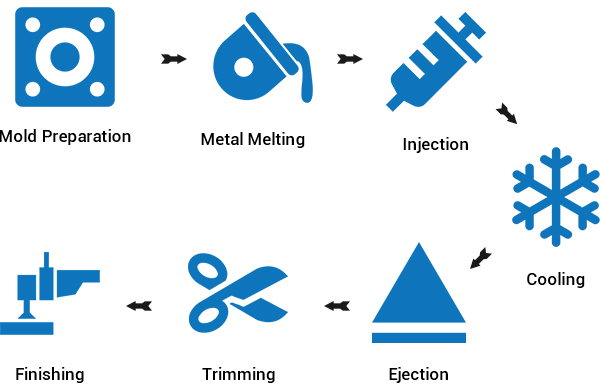
Copper Die Casting Methods
Copper Die casting methods for copper include high-pressure, low-pressure, cold chamber, gravity, centrifugal, and vacuum, each with unique advantages and applications.
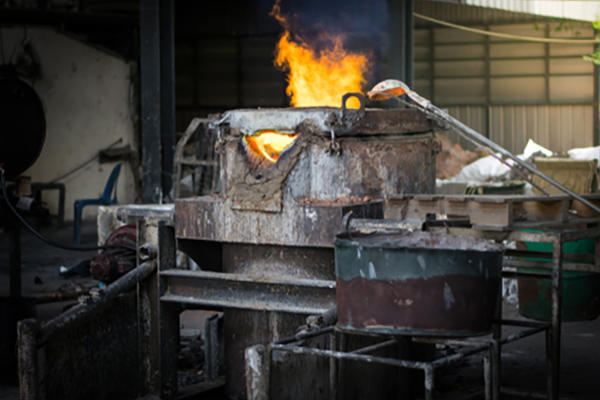
Copper High-Pressure Die Casting
- Best For: Complex shapes with tight tolerances.
- Advantages: High dimensional precision, smooth surface finish.
- Disadvantages: Increased equipment and operating expenses.
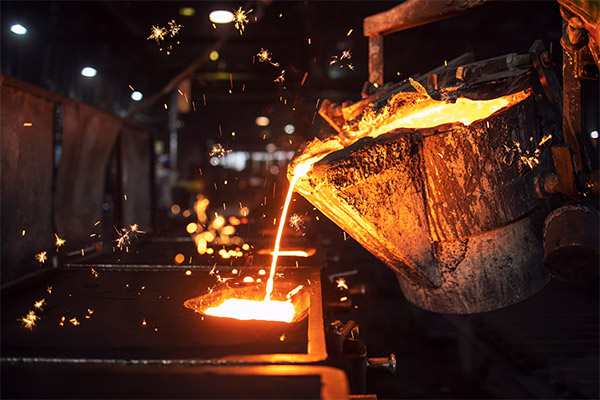
Copper Low-Pressure Die Casting
- Best For: Structural components requiring high strength.
- Advantages: Better control over filling, reduced porosity, improved mechanical properties.
- Disadvantages: Slower process compared to high-pressure methods.
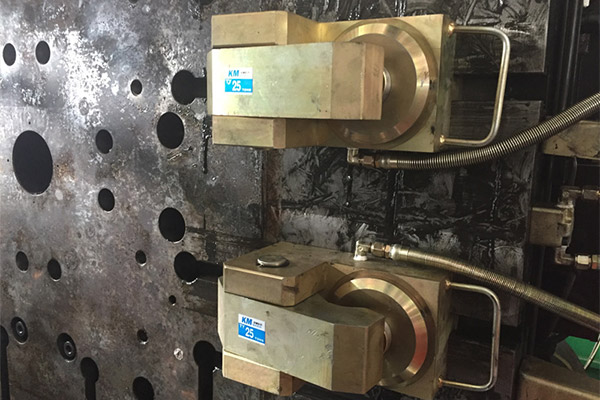
Copper Cold Chamber Die Casting
- Best For: High-melting-point metals, precise and complex parts.
- Advantages: Suitable for copper, high pressure allows intricate details.
- Disadvantages: Slower cycle times due to ladling process.
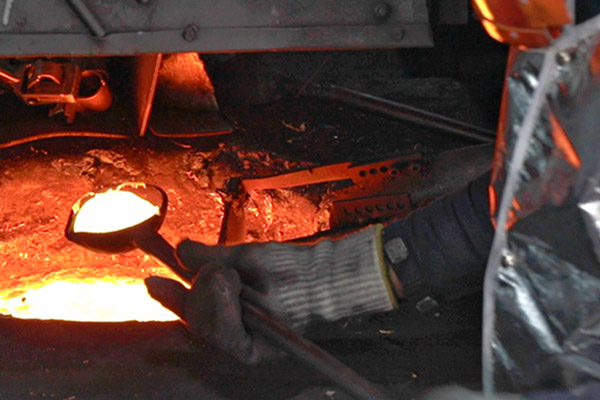
Copper Gravity Die Casting
- Best For: Large, simple parts with good mechanical properties.
- Advantages: Cost-effective, suitable for less intricate details.
- Disadvantages: Less suitable for complex shapes.
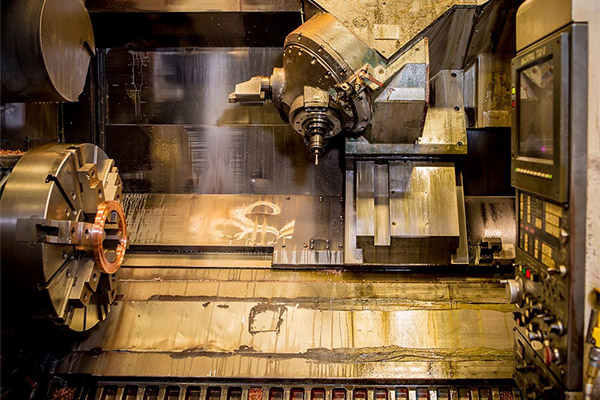
Copper Centrifugal Die Casting
- Best For: Cylindrical parts like pipes and bushings.
- Advantages: High-density parts, fine-grain structure, minimal defects.
- Disadvantages: Limited to cylindrical shapes.
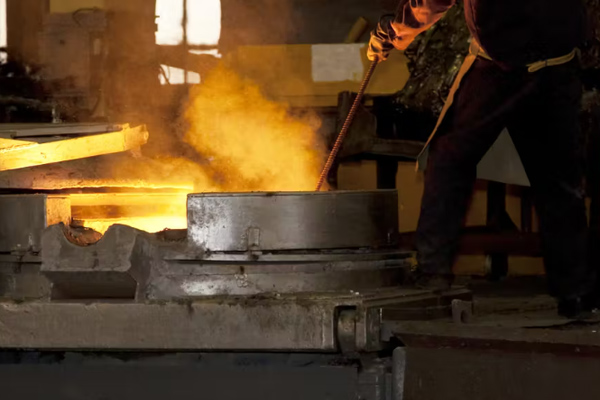
Copper Vacuum Die Casting
- Best For: High-quality components requiring minimal defects.
- Advantages: Greatly minimized porosity, enhanced density, and superior mechanical properties.
- Disadvantages: Increased costs for equipment and operation.
Available Copper Alloy Types
Copper alloy types include Brass, Bronze, Beryllium Copper, Silicon Bronze, CuNi, and Aluminum Bronze, each with unique properties and uses.
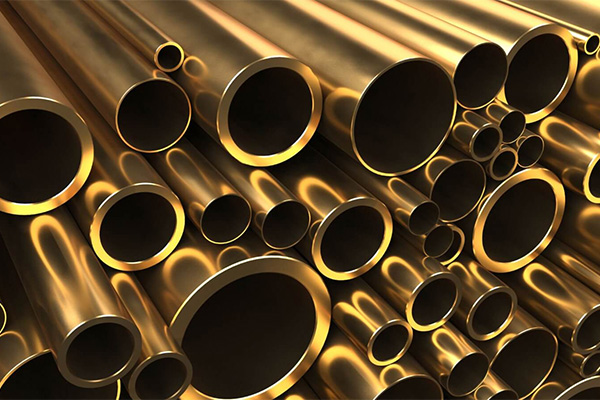
Brass (Copper-Zinc Alloys)
- Models: C36000, C37700.
- Composition: Cu 60-63%, Zn 35-37%, Pb 2.5-3.7%.
- Characteristics: Excellent machinability, moderate strength, good corrosion resistance.
- Applications: Plumbing fittings, electrical connectors, precision instruments.
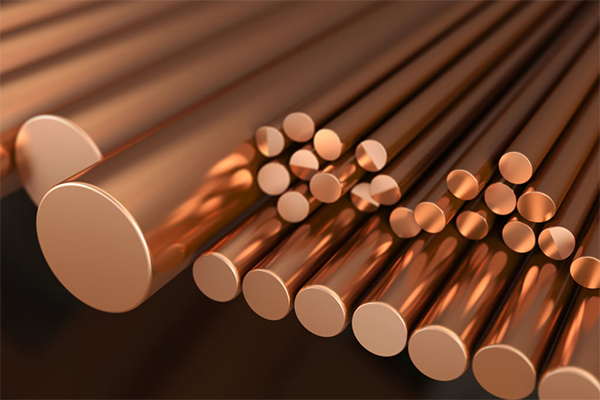
Bronze (Copper-Tin Alloys)
- Models: C93200, C95400.
- Composition: Cu 81-85%, Sn 6.3-7.5%, Pb 6.0-8.0%.
- Characteristics: High wear resistance, good machinability, excellent load-carrying capacity.
- Applications: Bearings, bushings, gear parts.
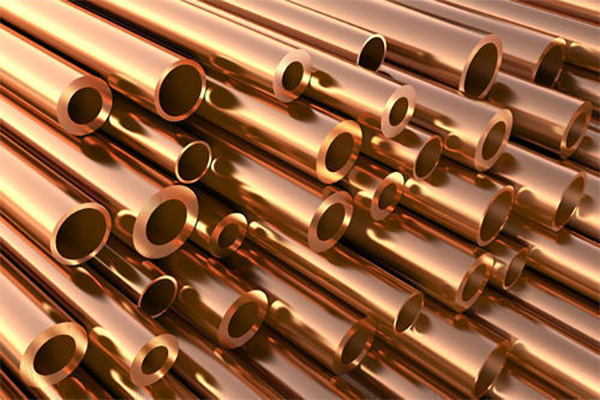
Beryllium Copper (Copper-Beryllium Alloys)
- Models: C17200, C17500.
- Composition: Cu 97.9%, Be 1.8-2.0%, Co 0.2%.
- Characteristics: High strength and hardness, good thermal and electrical conductivity, non-sparking.
- Applications: Aerospace components, non-sparking tools, electronic connectors.
Silicon Bronze (Copper-Silicon Alloys)
- Models: C65500, C64200.
- Composition: Cu 96%, Si 2.8-3.8%, Mn 1.5%.
- Characteristics: Excellent corrosion resistance, high strength, good weldability.
- Applications: Marine hardware, chemical processing equipment, pump and valve components.
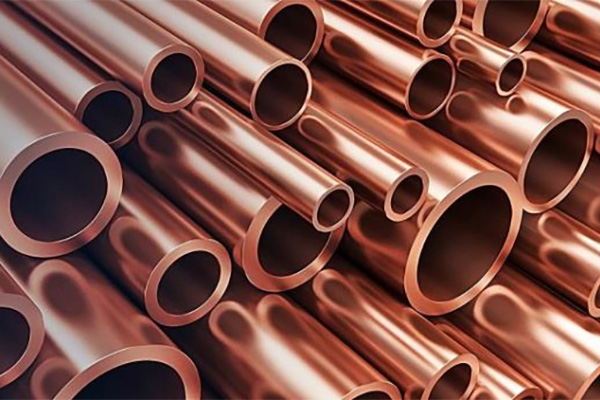
CuNi (Copper-Nickel Alloys)
- Models: C70600, C71500.
- Composition: Cu 69.5-70.5%, Ni 29-30%, Fe 0.4-0.8%.
- Characteristics: Excellent corrosion resistance in seawater, good strength and ductility, resistant to biofouling.
- Applications: Marine and offshore engineering, heat exchangers, desalination plants.
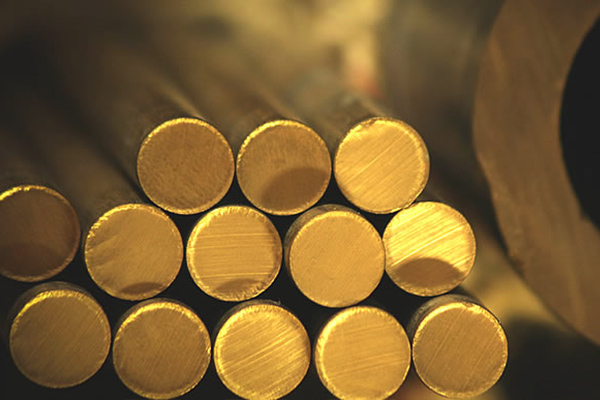
Aluminum Bronze (Copper-Aluminum Alloys)
- Models: C95400, C95500.
- Composition: Cu 83.0-87.0%, Al 10.0-11.5%, Fe 3.0-5.0%.
- Characteristics: High strength and hardness, excellent wear and corrosion resistance, good thermal conductivity.
- Applications: Heavy-duty bearings, wear plates, marine propellers.
Advantages and Disadvantages of Copper Die Casting
Exploring the benefits and limitations of copper die casting for industrial applications to determine its suitability for your project.
Pros
- High precision and consistency.
- Manufacturable complex-shaped parts.
- High-volume production.
- Efficient production method.
- Strong and durable components.
- Suitable for various Industrial applications.
Cons
- Easily generates porosity.
- Short die life.
- Complex process.
- Limited design flexibility.
- Not suitable for low-volume production.
Our Copper Die Casting Projects
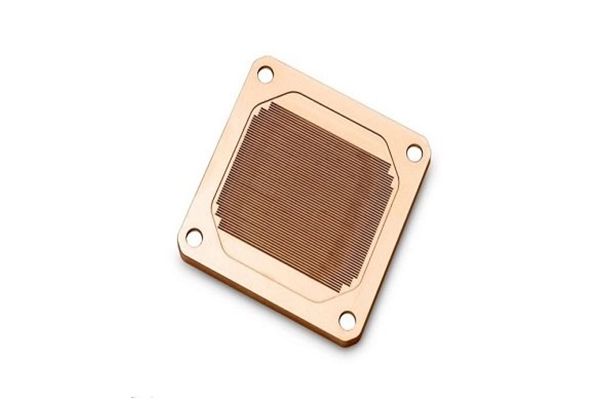
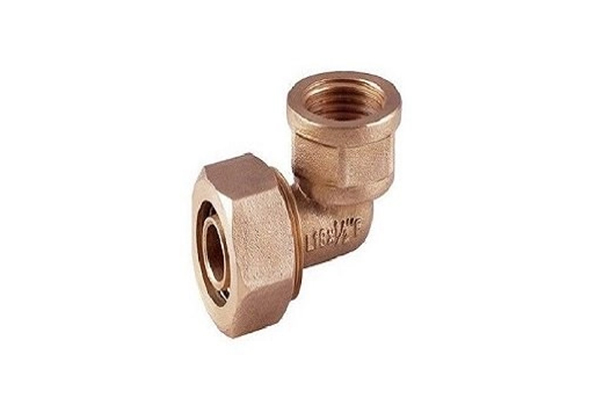
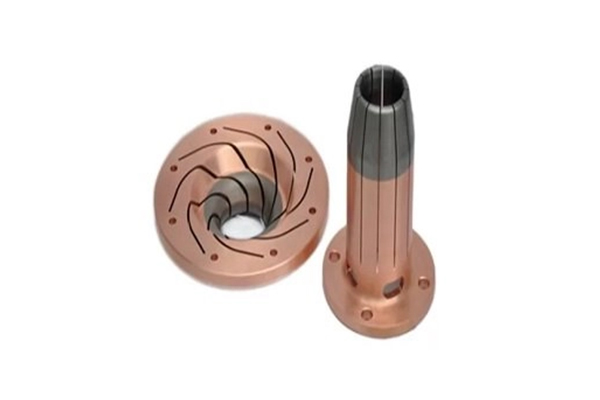
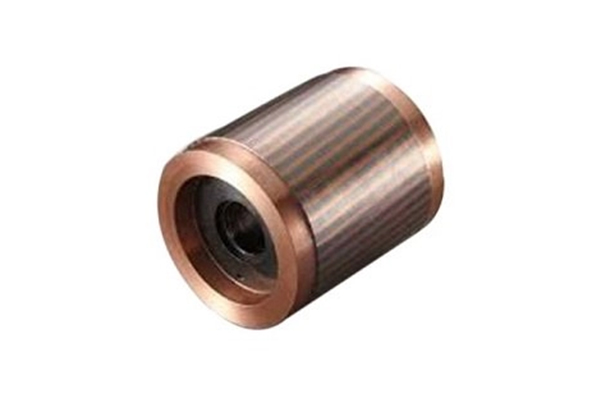
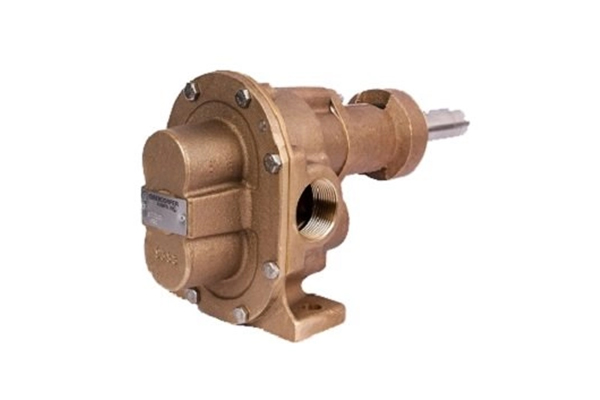
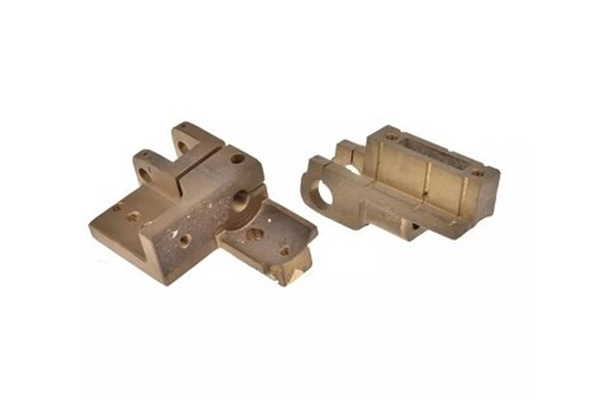
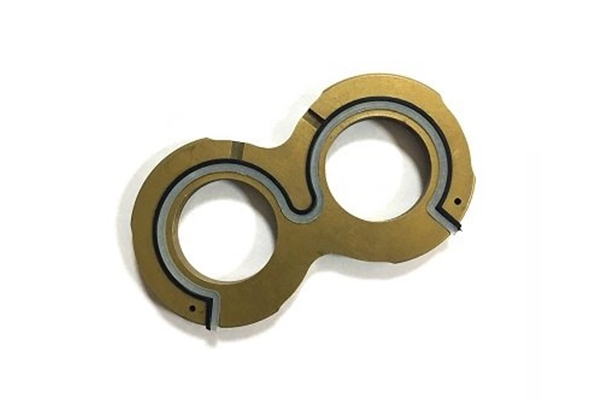
Surface Treatments Options
Finished copper die casting parts can receive various surface treatments for enhanced durability, aesthetics, and performance.
- Passivation
- Sandblasting
- Powder coating
- Polishing
- Heat treating
- Plating
- Anodizing
- Chemical conversion coating
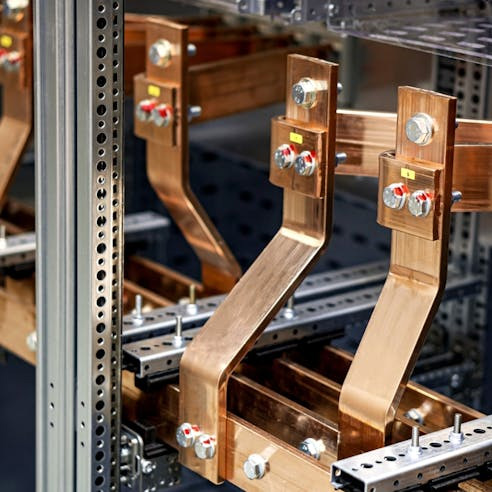
Popular Questions
What Applications Benefit from the Brass Die Casting Process?
Applications benefiting from the brass die casting process include plumbing fixtures, electrical components, and automotive parts, where durability and precision are crucial.
What industries benefit from Copper Rotor Die Casting?
Industries such as automotive, industrial machinery, and energy sectors benefit from copper rotor die casting due to its efficiency, durability, and enhanced motor performance.
What is Brass Gravity Die Casting?
Brass gravity die casting involves pouring molten brass into a mold using gravity. This method produces high-quality, detailed parts with excellent strength and surface finish, suitable for various industrial and decorative applications.
How the Cost-Effectiveness of Brass Pressure Die Casting?
Brass pressure die casting is cost-effective for high-volume production. It offers high precision and minimal waste, making it an economical choice for manufacturing detailed parts.
Why Choose Brass Die Casting or Bronze Die Casting?
Choose brass die casting for electrical and plumbing parts due to its strength and conductivity. Opt for bronze die casting for components needing high corrosion resistance and durability, like marine and industrial applications.
What Benefits Does the Copper Die Casting Process Offer?
The process of die casting copper delivers high strength, great thermal and electrical conductivity, and exceptional precision. It’s ideal for producing intricate, durable components used in various industries.
